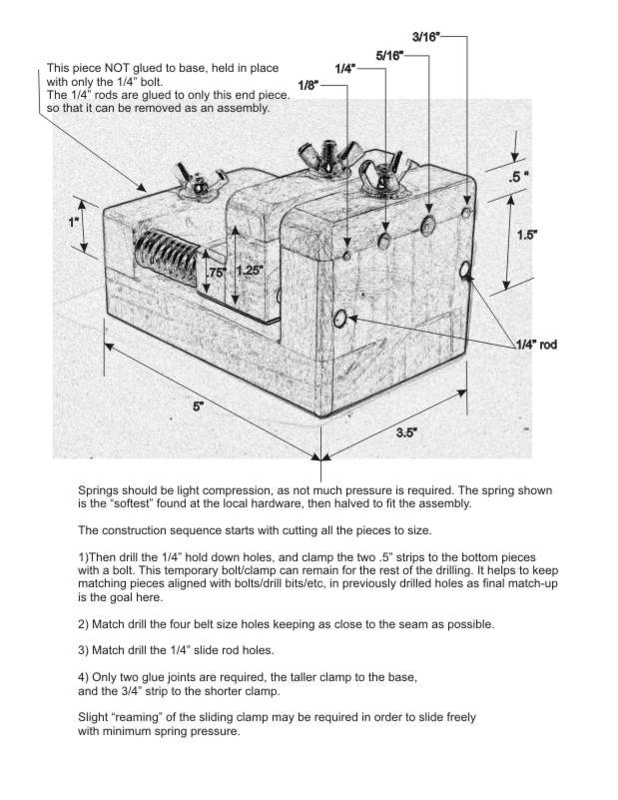Stepper Motor
Overview
Stepper Motors are useful for ornamental turning lathes when you need:
- accurate positioning (e.g., for indexing operations), or
- to move something at very slow speeds.
The first use case is a key part of the controls for the MDF Rose Engine Lathe 2.0. In particular, it is key for:
- Indexing and
- Synchronizing movement of an linear slide with the spindle.
The second use case, moving something at very slow speeds, is the primary purpose for using stepper motors in ornamental turning. Turning a spindle at a very slow speed can be achieved using a number of methods, and the ones historically pursued are outlined below.
|
|
Geared Motor |
With this approach, a gearing mechanism is used to slow the speed of the motor to some rate appropriate for the use. In some cases, this is combined with a speed mechanism
Downside: In either case, as the speed is reduced, the delivered torque is also reduced. At a certain point, there is not enough torque to sustain the operation. One good example of geared motor is the rotisserie (AKA, rotary spit) used on gas grills. I have seen examples of using this approach on a number of rose engine lathes. This is how my first machine was driven. |
|
|
Variable Frequency Drive (VFD) |
With this approach, an AC motor is used, and a VFD is used to change the frequency of the motor's incoming power. For example, in the USA, the power coming into your house is 60 Hz.
Downside #1: As the speed is reduced, the delivered torque is also reduced. At a certain point, there is not enough torque to sustain the operation. Downside #2: As the speed is reduced, the ability to cool the motor is often also reduced. Many motors have built in fans which depend on a certain speed to deliver adequate air volume. When spinning substantially slower, there is not sufficient volume of air. One good example of motor using a VFD is the spindle drive on your "traditional" lathe. My PowerMatic lathe has such an option. But, it can only be used down to a certain speed. Often times, this is around 75 RPM which is far too fast for a rose engine lathe. Another example is the speed control available for routers and other fixed speed tools. Rockler sells one, item number 25278. |
|
|
Stepper motor |
Stepper motors are great for spindle rotation on the rose engine lathe, and for other uses such as linear movement (e.g., a curvilinear slide). Stepper motors can run very slowly: I have designed implementations which deliver speeds at 4 to 5 minutes per revolution. And, at this speed there is no loss of torque. The retention of torque is a very key aspect as it allows the turner to achieve great results in their cuts on the rose engine lathe. Many report that they are far better than were ever achieved using hand-cranked operations. Downside: The key downside to using stepper motors is that they require a bit more knowledge to setup. Controllers like the Pololu Tic 36v4 are available at a reasonable cost and are easy to hook up. Tuning them can be an endeavor, but is not terribly painful. (The instructions in this document outline the approach used for the MDF Rose Engine Lathe 2.0. ) But once it is setup, it works wonderfully! The MDF Rose Engine Lathe 2.0 is designed to use stepper motors, and the controls are already developed for you. |
More Information
Web Sites
- More information is available on Wikipedia at Stepper Motor.
|
Disclaimer: eMail comments to me at OTBookOfKnowledge @ Gmail.com. The process of woodturning involves the use of tools, machinery and materials which could cause injury or be a health hazard unless proper precautions are taken, including the wearing of appropriate protective equipment. |



